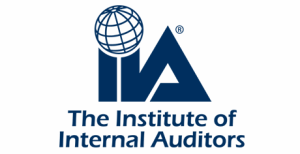
- Fasoo, a leader in data-centric security, will demonstrate its latest advancements in data security posture management solutions at the 2023 Gartner Security and Risk Management Summit June 5 – 7 in the Washington DC area. It will showcase its unified Data Security Platform that enhances security to minimize AI risks. This helps organizations maintain data security and privacy in today’s remote and hybrid work world without compromising productivity. “Organizations using Generative AI tools like ChatGPT will increase their...
- Fasoo, a leader in data-centric security, will demonstrate its latest advancements in data security posture management solutions at the 2023 Gartner Security and Risk...










